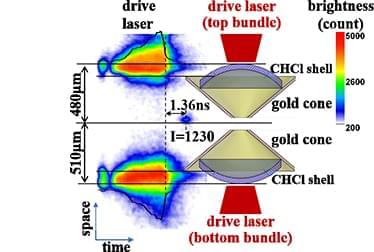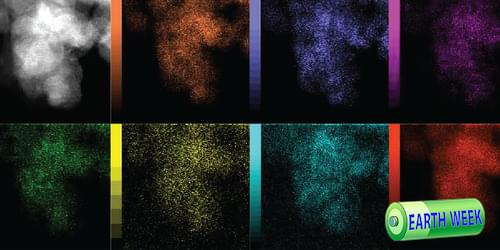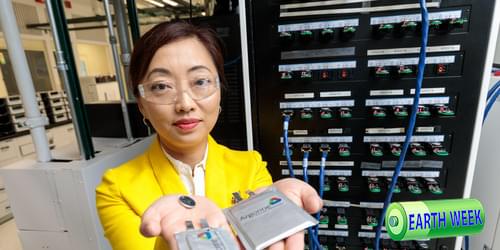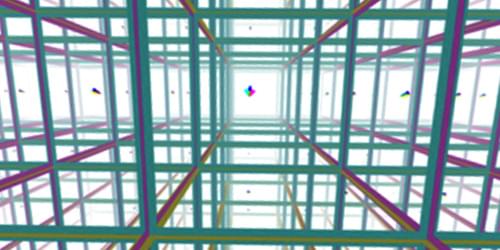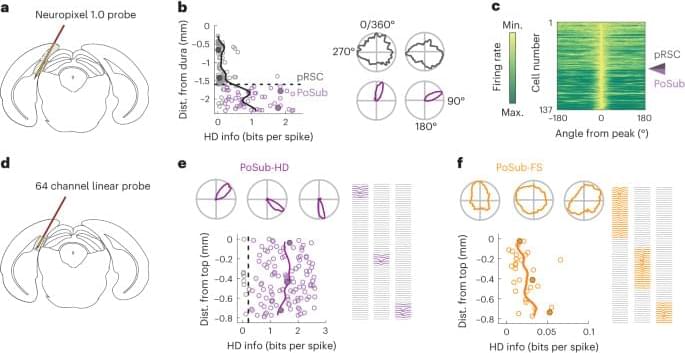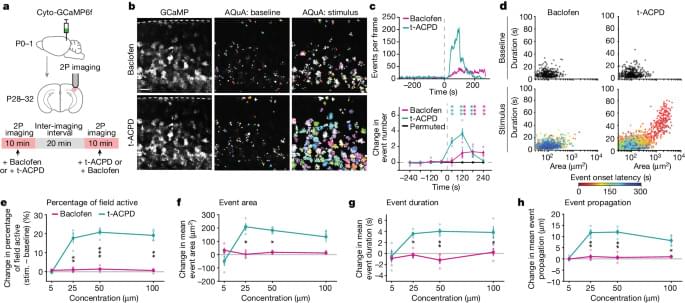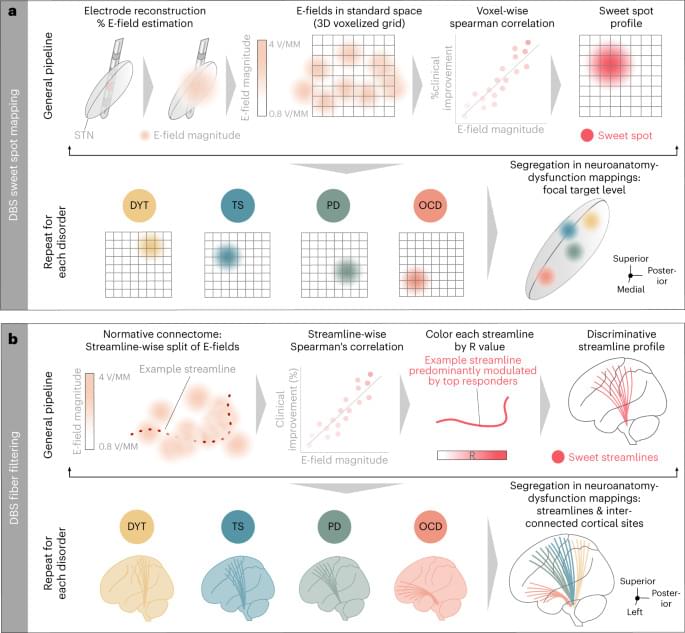Apr 27, 2024
Time-resolved biphase signatures of quadratic nonlinearity observed in coupled Alfvén eigenmodes on the DIII-D tokamak
Posted by Saúl Morales Rodriguéz in category: futurism
In this study, we leverage wavelet-based bispectral analysis of magnetic fluctuation data to identify likely candidates for nonlinear three-wave coupling, which are subsequently investigated with bandpass filtering. The participating waves, two TAEs and a low-frequency magnetohydrodynamic (MHD) mode, are seen to satisfy coupling conditions in both frequency and toroidal wavenumber, consistent with nonlinear generation. We conclude that the detection of quadratic nonlinearities on sub-millisecond time scales is possible with this technique.
The paper is organized as follows: Sec. II provides an overview of the relevant theory of TAE, while Sec. III contextualizes the experiment and describes its data. Section IV provides a primer on bicoherence analysis, in addition to simple examples of its implementation. Section V applies time-resolved bispectral analysis to the experimental data, focusing on the detection of quadratic nonlinearities. Section VI summarizes our work and considers the next steps of the analysis.


